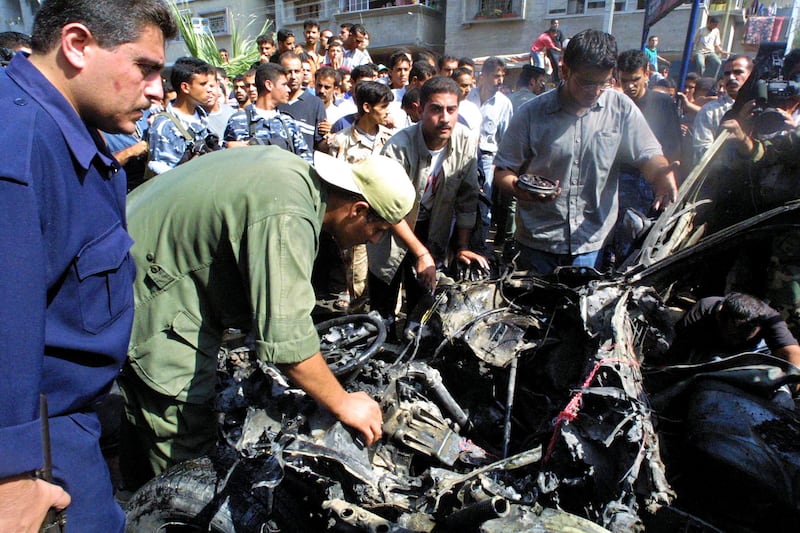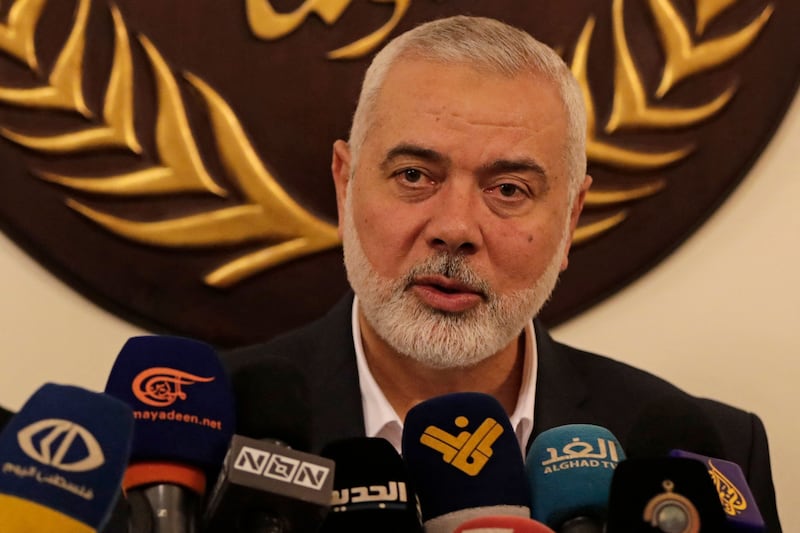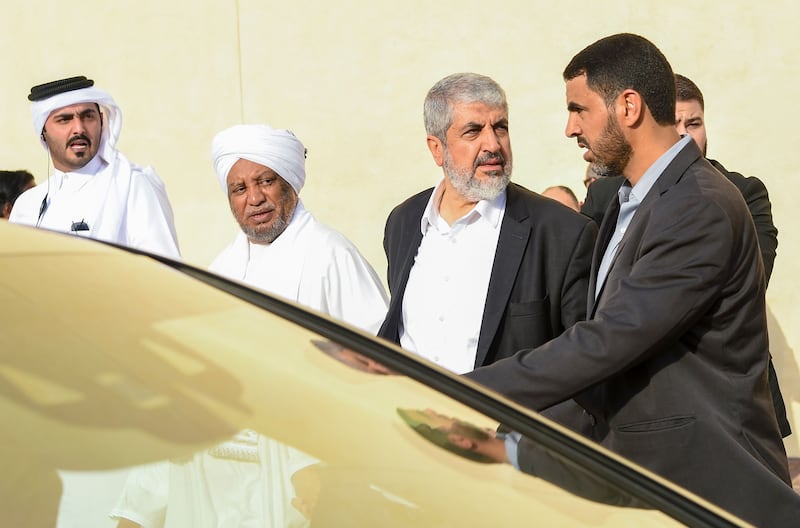Israel has said its main military objective in its Gaza campaign is to wipe out Hamas. But this task is nearly impossible as the organisation’s roots are deep within Gaza’s society.
Hamas runs clinics, charities, summer camps and welfare programmes. Members include doctors, engineers, educators and businessmen. Hamas ministers and civil servants have run Gaza for 16 years. It also enjoys support in occupied East Jerusalem and the West Bank and has clandestine backing from countries, organisations, and individuals in the region and internationally.
Since launching its onslaught, Israel has focused on killing or capturing Hamas’ top six leaders. But removing these men will make little difference as they have designated successors. Since the mid-90s Israel has killed Hamas co-founders Ahmad Yassin and Abdel-Azis Rantisi and scores of Hamas leaders, commanders, bomb and rocket makers, engineers and fighters.
Yahya Sinwar has been Hamas’s Gaza political chief since 2017. Born in 1962 in the Khan Younis refugee camp, Sinwar was an early Hamas recruit when it was formed in 1987 during the first intifada (1987-1993).
READ MORE
He was involved in the establishment of Al-Qassam Brigades, Hamas’ military wing. While imprisoned by Israel from 1988-2001 he learned English and Hebrew. Sinwar was released in 2011 in an exchange of 1,000 Palestinian prisoners for Israeli soldier Gilad Shalit, who was captured by Hamas in 2006.

Mohammed Masri Deif, Al-Qassam’s elusive commander since 2002, planned the October 7th raid. He is known as Deif, “the guest,” as he is often on the move to survive Israeli assassination. Born in Khan Younis camp in 1965, he studied chemistry at the Islamic University in Gaza and joined Hamas in 1987.
Jailed by the Palestinian Authority in 2000, Deif escaped after six months. Since 2002 he is credited with amassing Hamas’s arsenal of rockets and designing the tunnel network used as bunkers and by fighters to attack targets in Israel.
Deif’s deputy Marwan Issa (58), is a Gaza camp refugee who was imprisoned by Israel during the first Intifada and jailed by the Palestinian Authority from 1997-2000. He has survived multiple assassination attempts.
Two of Hamas’ top leaders – Ismail Haniyeh and Khaled Mashaal – live in Qatar where they may be temporarily safe from Israel’s hit squads as the emirate has been the main mediator in the Hamas-Israel ceasefires and prisoner swaps.

Politburo chief Ismail Haniyeh, born in 1962 in Shati camp in Gaza, studied Arabic literature at the Islamic University where he joined Hamas. Israel handed him short jail terms before he was imprisoned in 1989 for three years. In 1992, he and 400 Hamas activists were deported for a year to a desolate hillside in southern Lebanon.
After Hamas won the Palestinian legislative election in 2006, Haniyeh became prime minister but US and European pressure on Fatah forced him to resign in early 2007. He returned to head a unity government with Fatah but was ousted in June by a coup which prompted Hamas to seize control of Gaza.

Khaled Mashal was born in 1956 in the West Bank town of Silwad, northeast of Ramallah, and was educated in Kuwait where he became head of Hamas’s politburo. In 2004, he became Hamas’s leader after Israel killed Hamas’s co-founders. In 1997 Mashal survived an Israeli assassination attempt in Jordan.
Beirut-based Saleh al-Arouri, born in Ramallah in 1966, has been deputy head of Hamas’ political bureau since 2017 and oversees Hamas’ military activities in the West Bank. He spent 15 years in prison and was expelled from Gaza as a threat to Israel. He lived in Turkey before settling in Lebanon.
- Find The Irish Times on WhatsApp and stay up to date
















